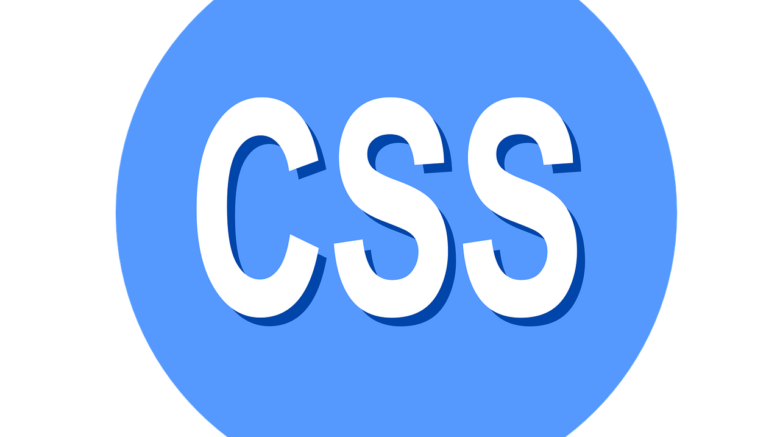CSS is a powerful styling language that can be used to create stunning websites. However, it can be tricky to master, especially for those just starting out. If you’re looking for some practical tips and tricks to help you get the most out of your CSS skills, then this article is for you! Here we’ll cover some fundamental concepts and provide useful advice on how to make the most of your CSS knowledge.
1. Start with the basics: Before you dive into more complex styling techniques, it’s important to get a good understanding of the fundamentals such as selectors, properties, and values. Once you have these down, you can start to experiment with more advanced techniques like animations, media queries, and responsive design.
2. Create a style guide: A style guide is an easy way to keep your code organized and consistent. It should include all the rules you use when styling a website, such as fonts, colors, and spacing. This will make it easier to maintain your code in the long run and ensure that everything looks consistent across all devices.
3. Use helpful resources: There are plenty of online resources available to help you learn more about CSS . Sites like CodePen, CSS Tricks, and W3Schools all offer great tutorials and code snippets to help you get the most out of your styling.
4. Use web inspector tools: Web inspector tools are incredibly useful for debugging your code and figuring out how certain elements are being styled. Most browsers have their own web inspector, so take some time to familiarize yourself with it and the information it provides.
5. Utilize pre-processors: Pre-processors are great for simplifying and streamlining your workflow. They allow you to write cleaner, more modular code that is also easier to maintain in the long run. If you’re looking to speed up your development process, then a pre-processor is definitely worth considering.
6. Take advantage of frameworks: Frameworks like Bootstrap and Foundation make it easier to create responsive, mobile-friendly websites. They come with pre-built components that can be quickly customized to fit your needs, without having to start from scratch.
7. Test for browser compatibility: Different browsers may render your code differently, so it’s important to test how your website looks on all major browsers. Tools like BrowserStack and SauceLabs can help you quickly test your website across multiple browsers.
8. Practise, practise, practise: As with any endeavour, the more you practice CSS the better you’ll become at it. Try out new techniques, experiment with different elements, and don’t be afraid to make mistakes – they’re all part of the learning process!
Frequent problems when applying CSS
One of the most common problems encountered when using CSS is incorrect syntax. This can be difficult to pinpoint since there are so many ways to write code, making it easy to miss a missed bracket or quotation mark. When writing code, it’s important to double-check your work and make sure that all syntax is correct.
Another frequent problem with CSS is conflicting rules and declarations.
It can be tempting to ignore the instructions given when styling a website, but this can lead to unexpected results. Make sure you fully understand what the instructions are asking for and follow them as closely as possible. This will help ensure that your code works correctly and looks consistent across all browsers and devices.
Consider browser support. Different browsers have varying levels of support for certain CSS features, so it’s important to test your code on all major browsers to make sure everything looks as it should. You can use tools like BrowserStack and SauceLabs to quickly test your website across multiple browsers.
Another common issue is browser caching. If you’ve made changes to your CSS but they aren’t appearing on the page, this could be due to browser caching. Clearing the cache or using a tool like Hard Refresh will help to ensure that your changes are visible.
What else can CSS do?
CSS is a powerful language for styling web content, but its capabilities extend far beyond just formatting text and images. CSS can be used to create animations, design layouts, adjust the font size and line height of text, add effects to objects like shadows and outlines, and even control the display of elements on different screen sizes.
In addition to the visual aspect of web pages, CSS can also be used to control how content is displayed and interacted with. For instance, you can use CSS to hide or show different elements based on user interactions or choices, create drop-down menus, and even create interactive forms.
When styling a website, it’s essential to follow the instructions given in order to ensure that your code works correctly. Pay close attention to the details and be careful not to miss any steps or information.
Consider accessibility needs. When creating webpages with CSS, you should also take into account any accessibility needs the user may have. For example, if you’re creating a page with large amounts of text, you should consider using a larger font size or different line height settings so that the content is more readable. Additionally, using a contrasting colour palette to ensure that text and images are easily distinguishable will help make your page easier to use for those with visual impairments.
It’s easy to get carried away when styling a website, but it’s important to follow the instructions given in order to ensure that everything works as expected. When working with CSS, it’s also important to consider any accessibility needs the user may have. This can involve adjusting font size or line height settings for better readability and using a contrasting colour palette so that text and images are easily distinguishable. By following these tips, you can ensure that your website looks and works as intended.
